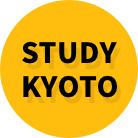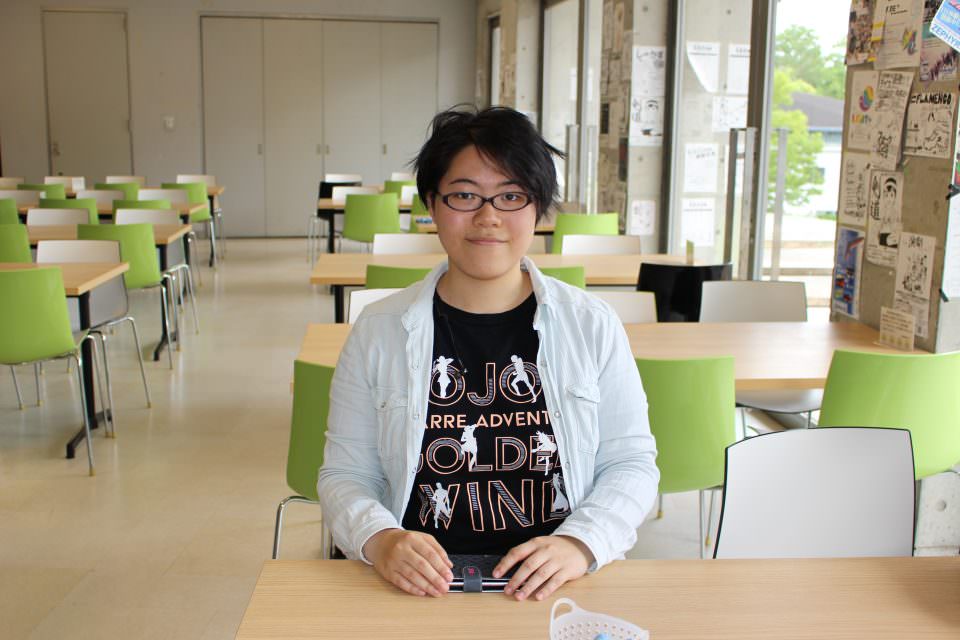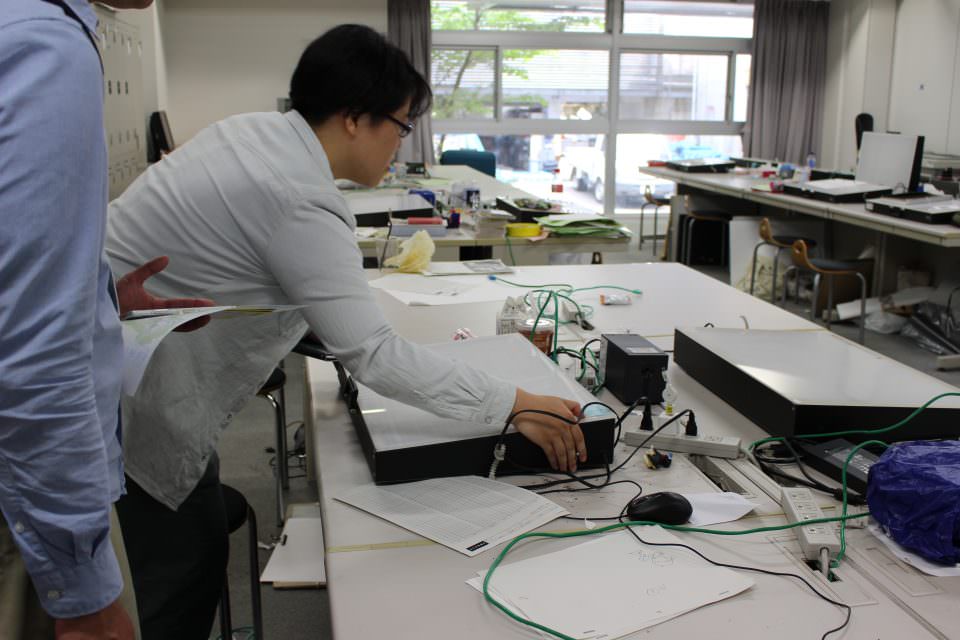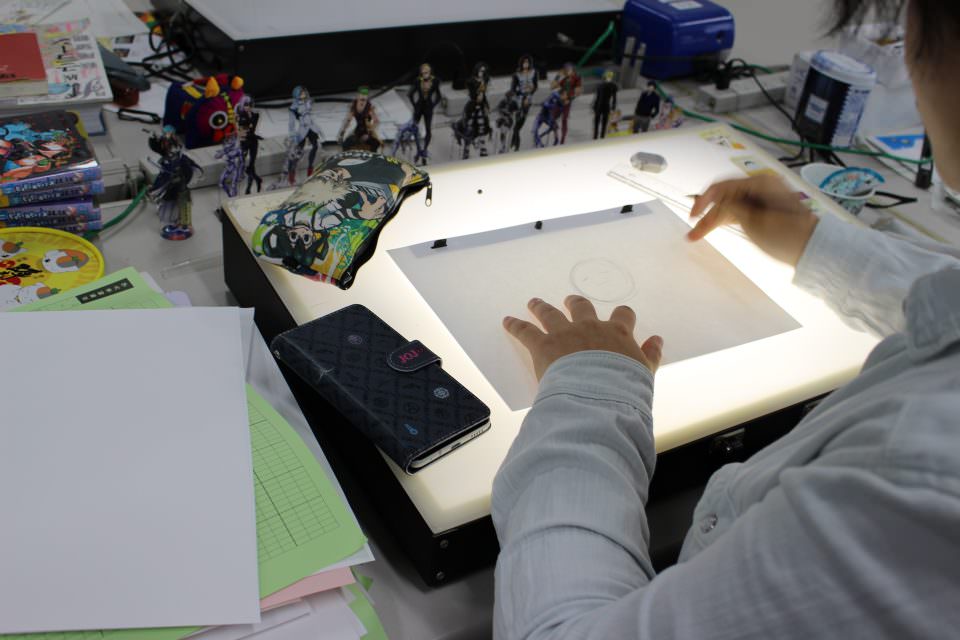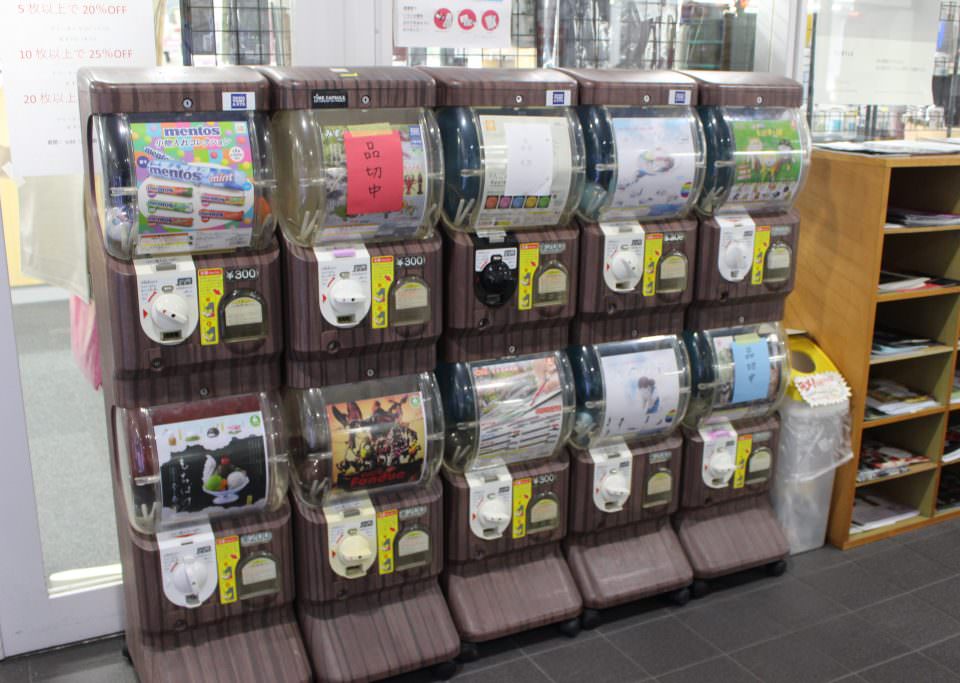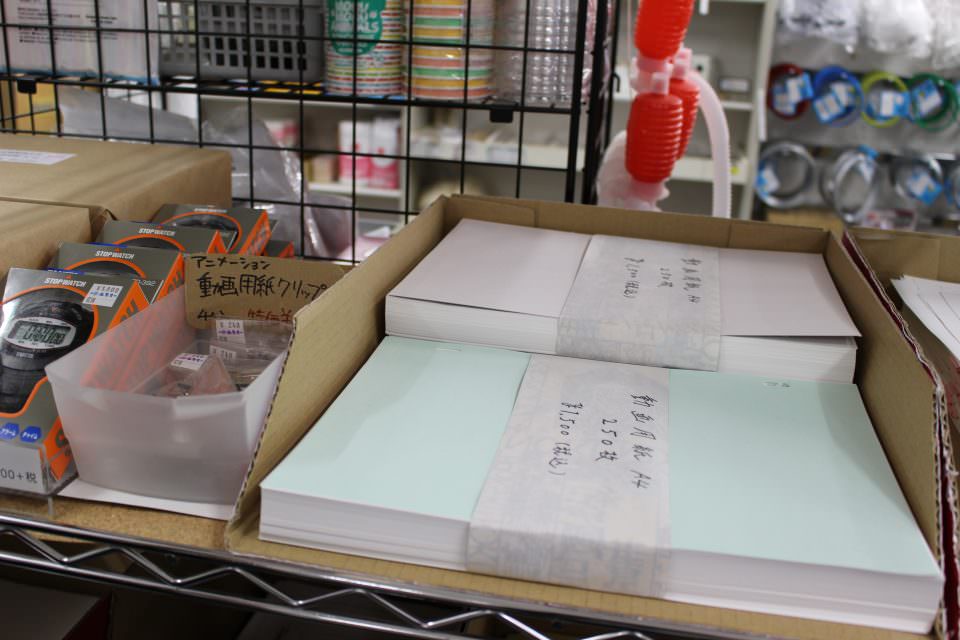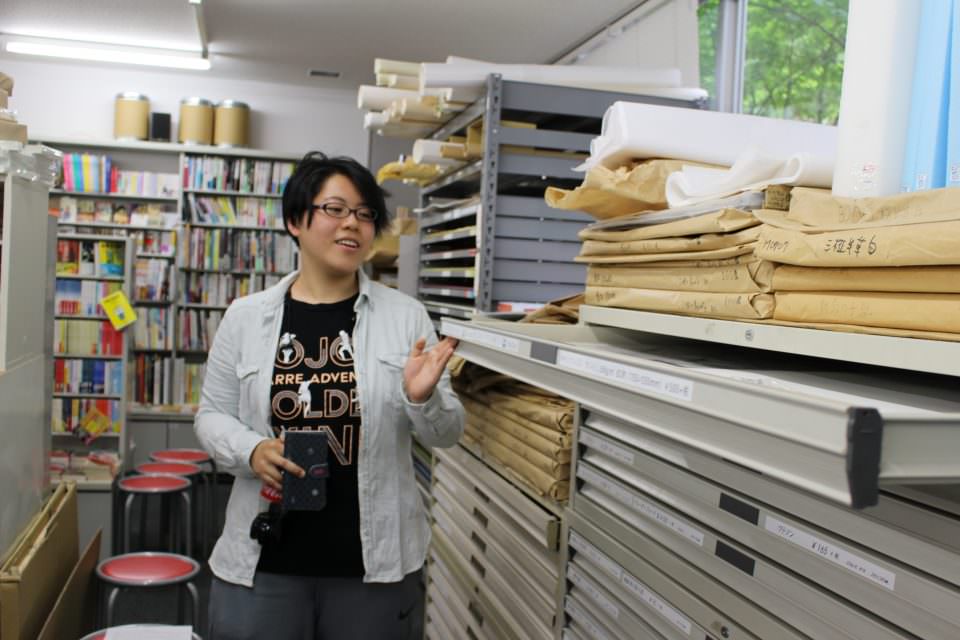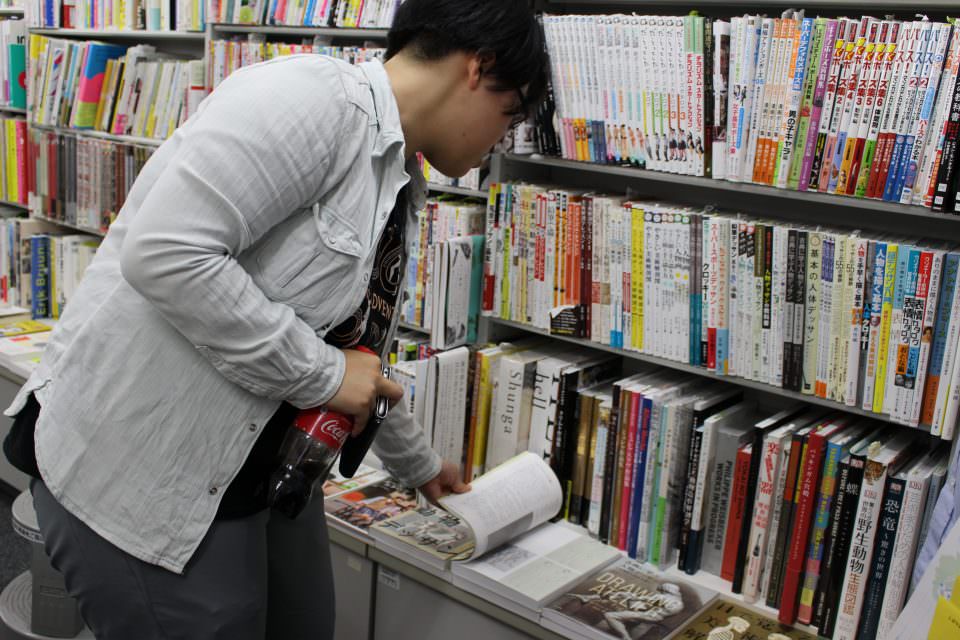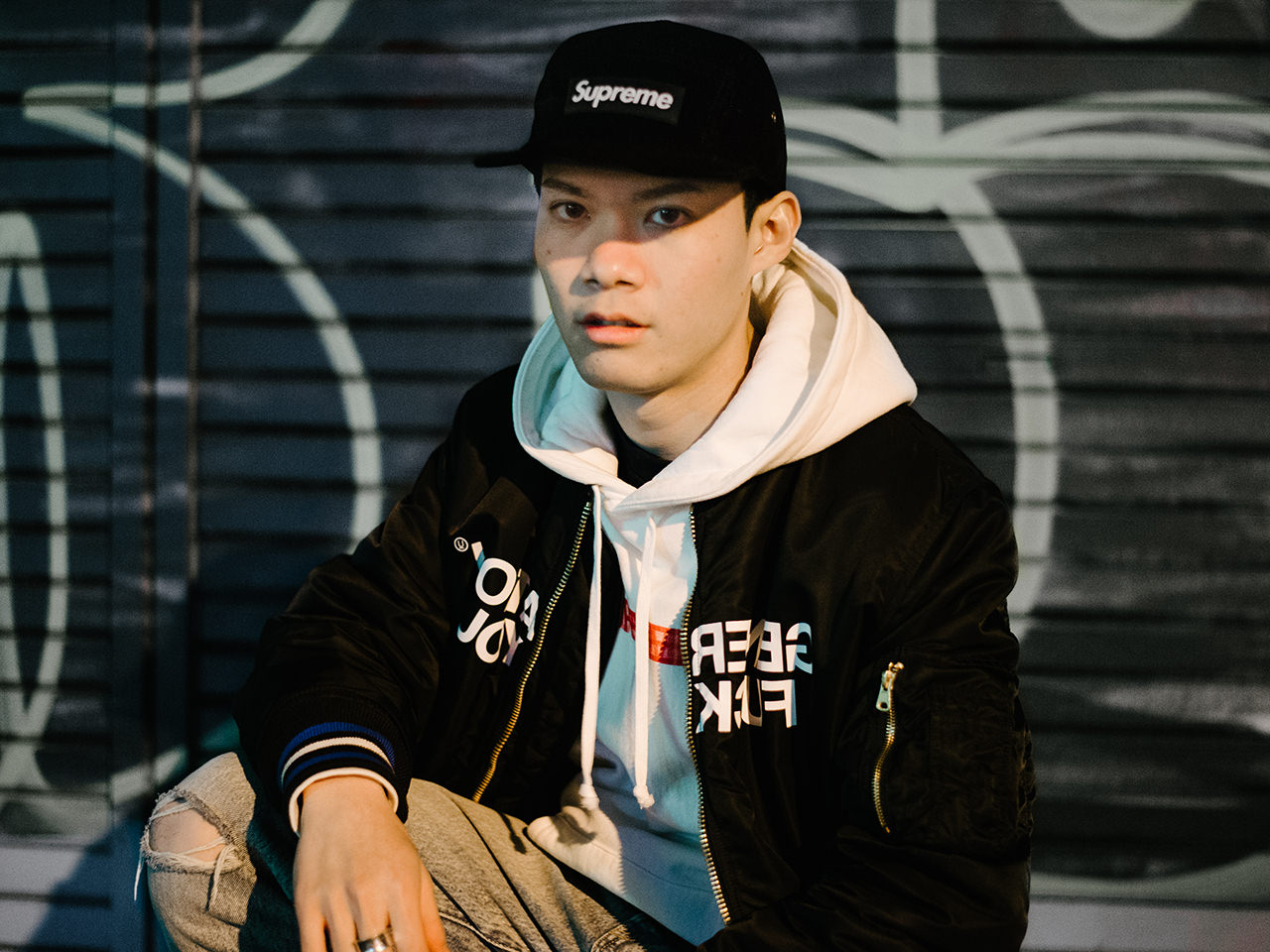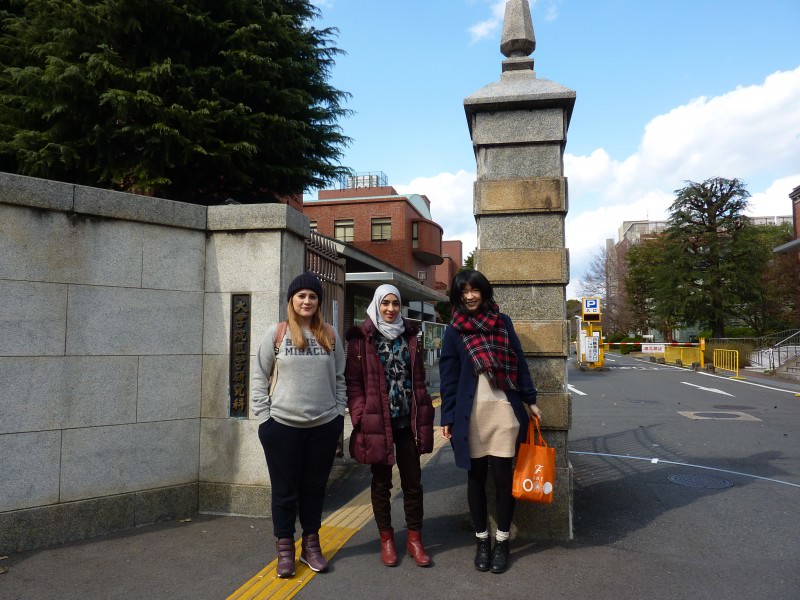What it’s like to study manga in an unrestricted and international environment at Kyoto Seika University
2019.08.30
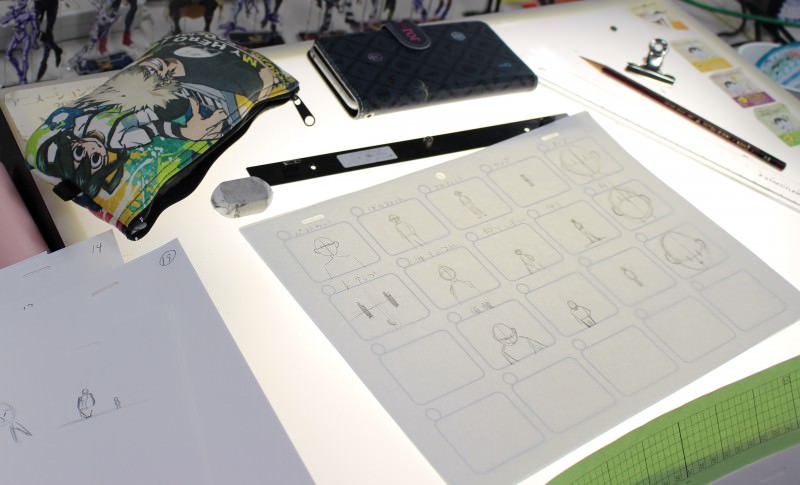
When you think of a university in Kyoto, what do you picture?
Kyoto is home to a variety of different types of universities, and as you might expect a cultural center like Kyoto, there are also many arts universities!
Just what do students study at arts universities?
To find out, we went to Kyoto Seika University in Kyoto’s Sakyo-ku ward, to hear from students in the Manga Department, which was the first in Japan, established in 2006!
Studying Anime at University
We spoke with Amy, a third-year student from China in the Manga Department, taking the Animation Course in the Animation Division.
We began by asking her to show us around the classroom where she usually learns.
Amy: “The Manga Department’s Animation Division classrooms are in the 1st to 3rd floors of the Taiho-kan Building in the center of campus.
“There are also classrooms for the Manga Division, and Arts Division, too!”
She led us into a practice room used by third year students.
Each student has their own desk.
Amy: “These are the tracing tables we use to make our animations.
At the moment, I’m making an animation piece for a class. This is the part that’s called “inbetweening,” which helps to express motion.
The movements we create with inbetweening are indicated by the original animation frame (the drawing showing the basic movement, the beginning or the end of the motion) , but with this assignment, it’s up to us to determine how many frames to insert in between [to make the motion appear more natural].
Some students make 16 frames, some make 25. I’m using 19.
When she flips through the frames of her inbetween frames…
What a sight!
Amy: This is the basis for animation!
In an actual animation studio, there are animators who are specialists in creating the base animation, and those who make the inbetween frames. Above them is the animation director.
First, the animation director gives direction to the base animator about the scenes he or she will draw. Next, once the base animation is drawn, the inbetween frames are created, and finally the animation director goes over everything and fine-tunes it.
A shop you’d expect of an arts university! Gwasendo art supplies
When we reach the university’s main building, we come upon a place that looks rather like a shop…
Staff: “I’ve never seen some of these capsule toy vending machines before!”
Amy: “You can buy little figurines like “Coppu-no-Fuchiko-san” (Fuchiko on Cups).
The figurines are standing, and extremely detailed, so they’re actually very helpful for drawing pictures!
As it turns out, the creator of “Coppu-no-Fuchiko-san,” Katsuki Tanaka, is a graduate of Kyoto Seika University, and a visiting scholar at the university!”
The capsule toy vending machines are located just outside the arts supply store Gwasendo.
Gwasendo is an arts supply store with a history of over 100 years in Kyoto City, and Kyoto Seika University has its own store.
The store includes writing and drawing implements that you could only expect to find at an arts university.
Amy: “These are the video drawing papers I just mentioned! One sheet is 6 yen, so I treasure each one (laughs).”
Amy: “There are a bunch of different types of paper here.
When you’re making artwork, you’re very particular, beginning with the type of paper you use.”
Amy: “There are also books about art, as well as books about the human body, animals, travel guides, and other books that can help us with drawing.
There are also more ordinary books, newspapers, and magazines!
One weird thing might be that loads of weekly boy’s manga magazines are available here, I guess.
My friends and I go to buy them together every week (laughs).”





